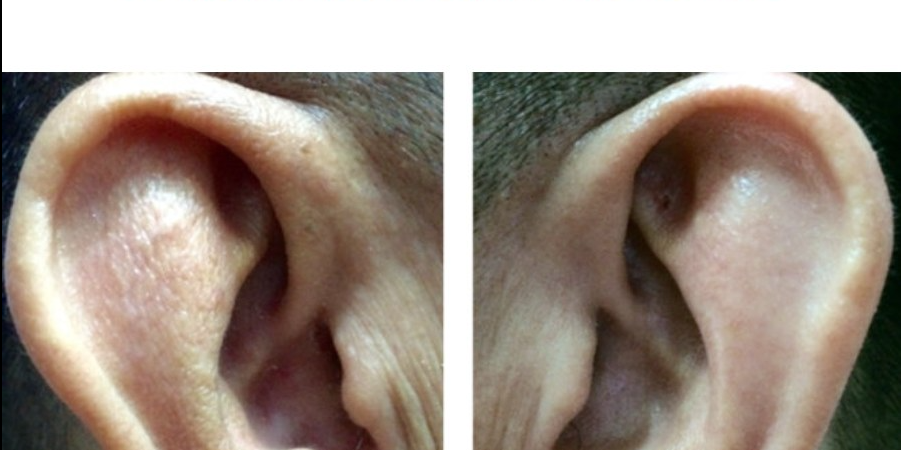This crease is called Frank’s sign, discovered by Dr. Sanders T. Frank, as a 45-degree diagonal fracture line running in the earlobes.
In 1987, the sensitivity and specificity of the warning value of Frank’s sign were studied in a group of 172 patients suspected of having coronary artery disease. This sign was not related to weight, and could appear in both obese and thin people.
All were examined clinically, measured with resting electrocardiogram, exercise electrocardiogram and selective coronary angiography. The diagnostic criteria for coronary artery disease were the presence of 75% or more stenosis in one of the three main coronary arteries.
Statistical research results showed that there was a very important relationship between Frank’s sign and coronary artery disease (p<0.001). The sensitivity of Frank’s sign was 75%, its specificity was 57.5%, and its positive predictive value was 80.3%.
The predictive value varied by sex, with 50% in women compared to 84.7% in men. The frequency of Frank’s sign increased with age: 42% in the 30-39 age group and 75.8% in the 60-69 age group. For those over 60 years old, the predictive value of Frank’s sign was only about 77% compared to younger age groups.
Frank’s sign is considered a manifestation of premature aging, loss of elastic fibers of the skin, blood vessels and is considered a warning sign of coronary artery disease, independent of the above risk factors but often associated with them.
The presence of Frank’s sign corresponds to 75% of cases of asymptomatic coronary artery disease and importantly, these cases can die suddenly without knowing they have cardiovascular disease.
Frank’s sign does not correlate with the severity of coronary artery disease, with the duration of angina and also with any risk factors for cardiovascular disease such as smoking, hypercholesterolemia, hypertension, diabetes, obesity …
The appearance of Frank’s sign, although not 100% sensitive, is an early warning sign and a significant risk factor, very useful in screening and diagnosing coronary artery disease, especially in young people under 60 years old. If you find yourself with Frank’s sign on your earlobe, you should proactively go for a cardiovascular screening.



